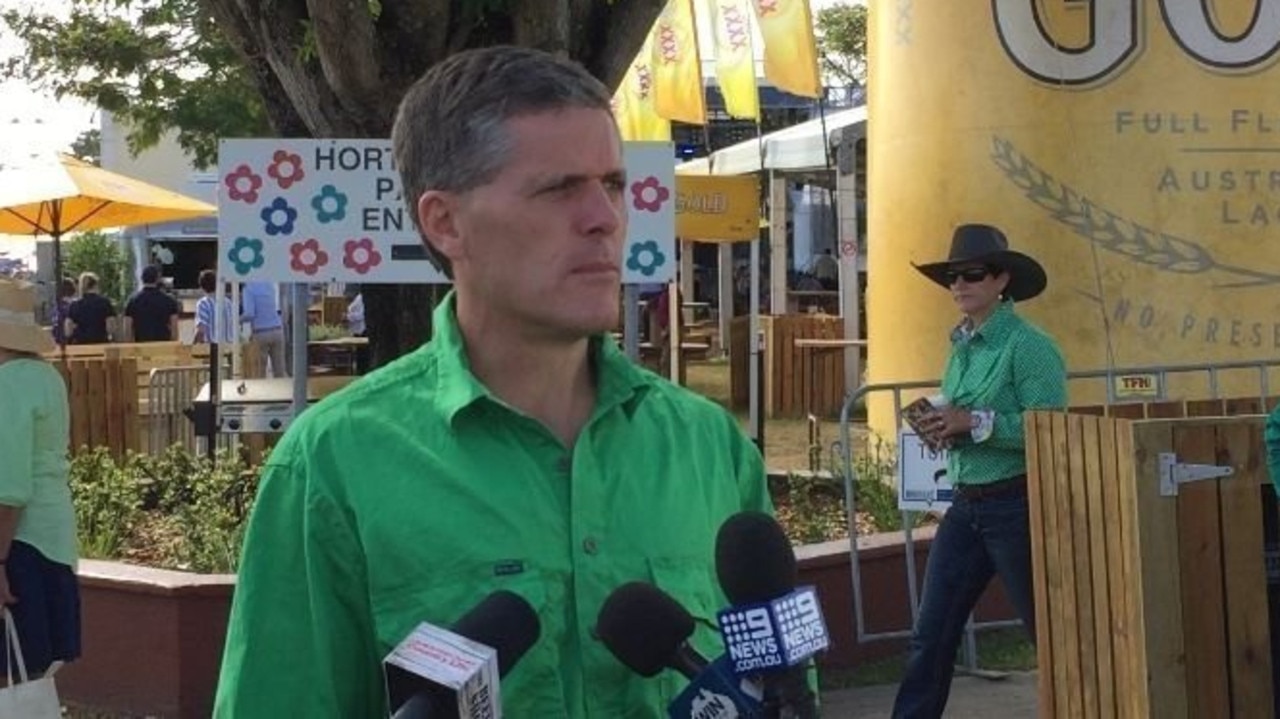Morningstar predicts Ukraine crisis will see short-term spike for Woodside revenues
Australia’s biggest energy producer could see revenues soar in the near term due to higher prices driven by Russia’s invasion of Ukraine, according to Morningstar.
Business
Don't miss out on the headlines from Business. Followed categories will be added to My News.
Australia’s biggest energy producer could see its revenues soar in the near term as a result of higher prices driven by Russia’s invasion of Ukraine, a leading market analyst has predicted.
But Morningstar Equity Research warns that the spike in earnings for Woodside Petroleum will probably only be short-lived, with prices for liquefied natural gas expected to ease over the next two years.
“We anticipate Woodside’s near-term earnings to soar due to higher prices for all hydrocarbons, and in particular for uncontracted LNG, or spot cargoes, which attract spot pricing,’’ senior analyst Mark Taylor wrote in a client note.
“But aside from near-term dividends, and balance sheet bolstering, we think the benefit of higher prices is likely to be transitory – our midcycle price forecast remains $US60/bbl for Brent crude and $US8.50/mmBtu for contract and spot LNG from the June quarter of 2024.
“Energy prices were rising well before the Russia/Ukraine conflict, with strong 2021 year-end demand figures and constrained supply, including OPEC underperforming stated targets and US producer adherence to capital expenditure discipline.
But Russia’s invasion of Ukraine has increased energy prices, in particular, natural gas.”

Mr Taylor also noted that Woodside is the nation’s “most LNG leveraged company’’ and is highly exposed to spot or gas hub pricing.
Spot prices for LNG in Asia recently soared to $US56/mmbtu, a 25-fold increase on its recent low in May 2020, he wrote. Even more subdued gas hub prices have surged, including a 60-fold lift in the UK.
“Woodside has material exposure to recent higher prices and expects 10 per cent to 15 per cent of its produced LNG sales volumes to be at spot in 2022, similar to 2021. A further 10 per cent of 2022 produced LNG sales volumes is also likely to get spot-like pricing,’’ the report says.
The Morningstar analysis dovetails with recent reports from other analysts, who earlier this month predicted that both Woodside and Santos were poised to cash in on the energy squeeze.
Credit Suisse forecast that the two companies, which are Australia’s biggest LNG producers, are poised to reap improved earnings and incentivised to develop new projects as a result of heightened demand.
Analyst Saul Kavonic said that Russia’s widely-condemned military assault “could present material upside to LNG supply and demand fundamentals benefiting Woodside and Santos, both in terms of pricing, asset selldowns and appetite to develop new growth projects”.
Macquarie has also tipped a “profit windfall” for energy producers from higher prices.
It has flagged a potential earnings spike of 149 per cent for Woodside and 113 per cent for Santos.
Russia is the world’s fourth largest exporter of LNG, accounting for 8 per cent of the world’s supply. But leading Western energy companies, including BP and Shell, have pulled out of the country and it is now subject to intensifying global sanctions.
Separately, Woodside on Tuesday said it would partner with US solar energy technology group Heliogen on a commercial-scale demonstration project in Mojave, California.
The 5 megawatt electric (MWe) facility will demonstrate Heliogen’s AI-enabled concentrated solar energy technology.
It will be funded from Heliogen’s recent $US39m US Department of Energy grant.
Heliogen and Woodside will also jointly market the technology in Australia.
“Under this arrangement, the companies expect to define product offerings that use Heliogen’s modular technology for potential customers (including Woodside) in Australia and are establishing a roadmap to identify and engage with those customers,” the company said.
The partnership includes an objective to deploy further commercial-scale modules of Heliogen’s heat and power offerings, which may be combined with a hydrogen offering.


